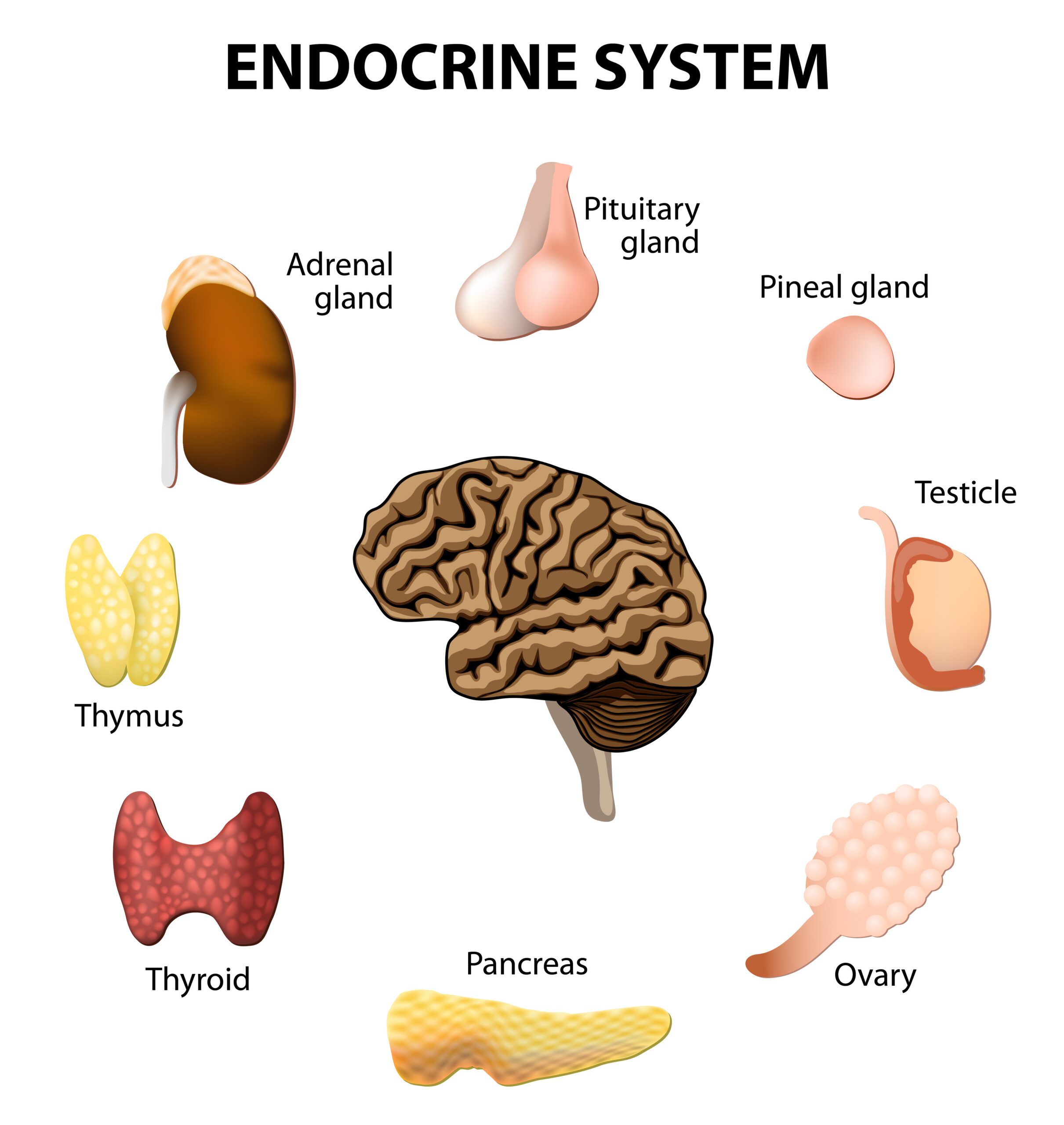The Danger Lurking Around Every Corner: Endocrine Disruptors
November 7, 2014
 1376
1376 
The endocrine system is comprised of several glands that secrete unique hormones into your body. So, what would happen if something were to disrupt it? According to several alarming new studies, that’s exactly what’s going on right now. Researchers are warning against too much exposure to endocrine disruptors, which can have adverse effects on your hormones.
Where are They Found?
These disruptors can be found everywhere from canned foods, food packaging, cosmetics and receipts to toys, flame retardants, plastic bottles, ink toner, pesticides and carpet-cleaning solutions. Some of the most common endocrine disruptors are bisphenol-A (BPA), perfluorinated compounds (PFCs) and DDT, which is found in most pesticides.
Both BPA and PFCs are widely used in the manufacturing industries because of their highly stain and water resistant qualities; it’s what keeps canned food labels and other food packaging from falling apart even after becoming soaked in water. However, these disruptors can make their way into the food and then into your body; without knowing it, you are probably consuming generous amounts of these chemicals every single day. A 2011 study found that individuals who ate canned soup just once had higher levels of BPA. And urine samples revealed that after five days, the BPA levels increased by more than 1,000 percent.
The Dangerous Side Effects
More recently, a study took place in early 2012 to determine the effects of PFCs in children. Results showed that children who ate marine food or were exposed to PFCs regularly developed weaker responses to vaccines, making the vaccines less effective and signaling a potential immune system deficiency.
These side effects are not immediate and can even take decades to surface. One example of a hidden
disruptor is DES, which is a synthetic form of estrogen that was thought to prevent expectant mothers from experiencing morning sickness and miscarriage. Years later, we learned that it actually caused breast and vaginal cancer in their daughters, which led to its banning.
The same thing is happening today with endocrine disruptors such as BPA, PFCs, DDT and PFOA. Recent research shows that pregnant women who have high levels of PFOA are three times as likely to have daughters who become overweight. This is a disruptor that’s found in everything from microwave popcorn bags to carpet cleaning solutions, so it’s virtually unavoidable.
Resistant to learn from past mistakes, the United States is currently failing to treat this issue seriously and impose tighter regulation of these endocrine dis- ruptors, like much of Europe and our northern neighbors Canada have already done. There are nu- merous medical organizations from many different fields joining hands to raise awareness of this hidden danger, with little response. It may be hard to believe that endocrine disruptors exist because it’s so invisible, but the threat is very real and could be affecting all of us without our knowing.

A new study suggests that a widely used sugar substitute found in diet sodas, chewing gum, and low-sugar yogurt may elevate insulin levels. This could increase the long-term risk of heart disease. “Artificial sweeteners have infiltrated nearly all types of food, making it crucial to understand their long-term health effects,” said Yihai Cao, senior author […]

Diet Coke has long been a fan-favorite among soda lovers who want a fizzy, guilt-free alternative to traditional soft drinks. While its zero-calorie, zero-sugar label makes it seem like a healthier option, the reality is far more concerning. Despite its undeniable popularity, Diet Coke’s nutritional profile has raised red flags among health experts for years. […]

New study shows that embracing an anti-inflammatory, plant-forward diet can support cognitive function and help reduce the risk of dementia. What You Eat Shapes Your Brain The food you eat doesn’t just impact your body—it also affects your brain. Research suggests that eating an anti-inflammatory, plant-based diet can help improve memory, focus, and overall brain […]